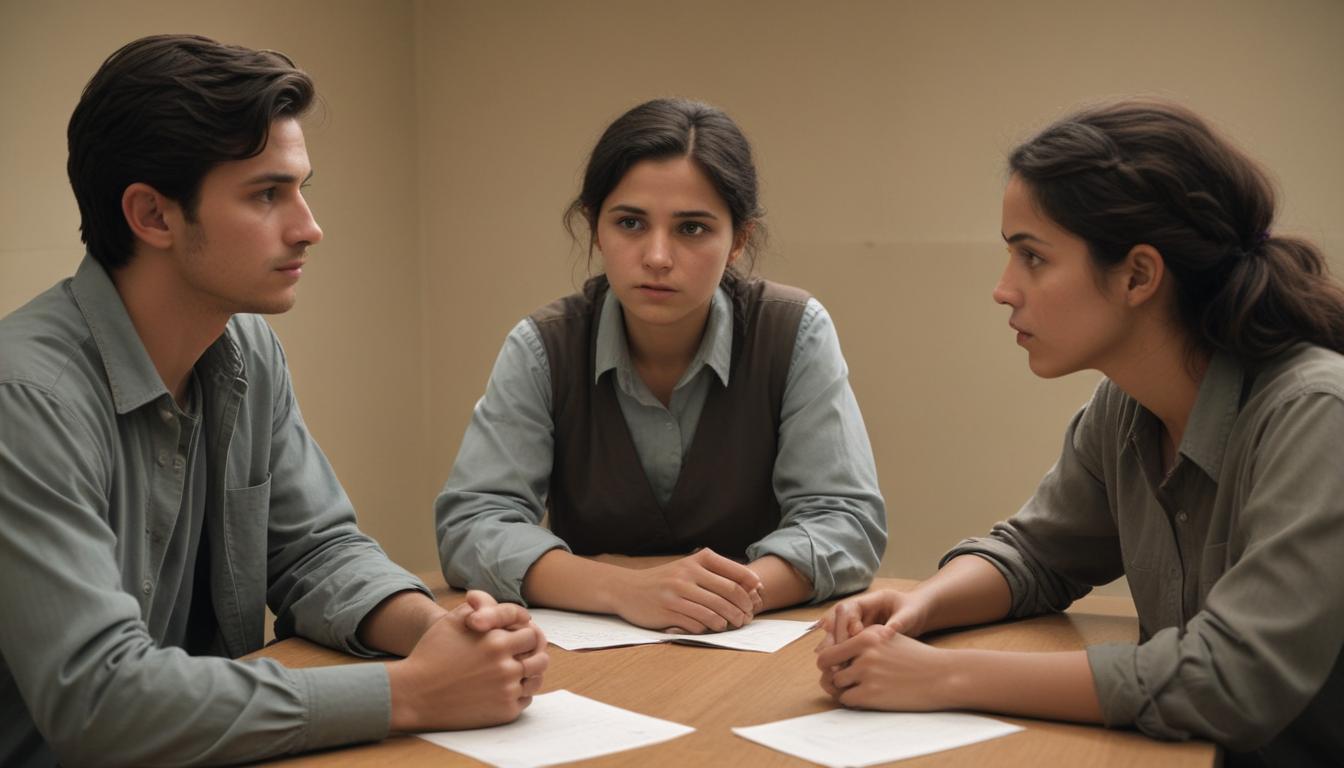Now Reading: Build Peace With Conflict Education
- 01
Build Peace With Conflict Education
Build Peace With Conflict Education

Education for Conflict Resolution Turning Disputes into Dialogue
Do you ever feel a knot in your stomach when a difficult conversation looms on the horizon? Whether it’s a tense disagreement with a coworker, a lingering argument with a family member, or a standoff in a community meeting, conflict can feel draining and destructive. It often leaves us feeling misunderstood, frustrated, and stuck, damaging relationships and hindering progress. We are taught math, science, and history, but rarely are we taught the fundamental human skill of navigating our differences constructively. The good news is that conflict doesn’t have to be a battle to be won or lost. There is a better way.
The solution lies in a powerful, learnable skillset known as conflict resolution. Education in this field equips you with the tools to transform disputes from sources of stress into opportunities for growth and deeper understanding. It’s not about avoiding disagreements but about engaging with them in a way that is respectful, productive, and healing. By learning the principles of effective communication, empathy, and collaborative problem-solving, you can confidently steer any conversation away from hostility and toward a shared solution, building stronger and more resilient relationships in every area of your life.
What is Education for Conflict Resolution
Education for conflict resolution is a dynamic field of study and practice focused on understanding the nature of human conflict and developing the skills necessary to manage it peacefully and effectively. It goes far beyond simply telling people to “be nice” or compromise. Instead, it provides a structured framework for analyzing the root causes of a disagreement, which often lie beneath the surface-level arguments. This education teaches that conflict is a natural and often necessary part of human interaction, but the destructive ways we typically handle it are not.
This field is not just for diplomats and mediators working on the world stage; its principles are universally applicable. In schools, it’s known as peace education, teaching children empathy and cooperation. In the corporate world, it’s a critical component of leadership training, fostering productive teams and a healthier work environment. For individuals, it’s a form of personal development that enhances emotional intelligence and communication skills. It is the practical study of how to build bridges instead of walls, whether in the boardroom, the classroom, or the living room.
The Core Pillars of Conflict Resolution Education
The power of conflict resolution education lies in its practical, actionable skills. These are not abstract theories but tangible techniques that can be learned, practiced, and mastered. They form the foundation for transforming how we interact with others, especially when stakes are high and emotions are raw. Mastering these pillars empowers individuals to de-escalate tension and guide conversations toward positive outcomes.
These core skills are interconnected, each one strengthening the others to create a comprehensive approach to managing disagreements. For example, active listening is the gateway to genuine empathy, while assertive communication ensures that empathy doesn’t lead to self-neglect. Together, they create a cycle of mutual respect and understanding that is essential for moving past a deadlock and into a space of creative, collaborative problem-solving where everyone’s needs can be addressed.

Active Listening The Foundation of Understanding
The most fundamental skill in conflict resolution is active listening. This is not the same as simply waiting for your turn to speak. Active listening is a conscious effort to hear not only the words another person is saying but, more importantly, the complete message being communicated. It involves paying close attention to tone of voice, body language, and the underlying emotions behind the words. A key technique is to paraphrase what you’ve heard and ask clarifying questions, such as, “What I’m hearing is that you feel frustrated by the lack of communication. Is that right?” This simple act validates the other person’s experience and ensures you are both on the same page before proceeding.
Practicing active listening immediately lowers the emotional temperature of a conflict. When someone feels truly heard and understood, their defensiveness decreases, and they become more open to hearing your perspective. It shifts the dynamic from an adversarial debate to a cooperative exploration of the issue. This skill requires you to temporarily suspend your own judgment and agenda to fully step into the other person’s world. It is the single most effective tool for building trust and laying the groundwork for a resolution.
Empathy and Collaborative Problem Solving
Once a foundation of listening is established, empathy and collaborative problem-solving can begin. Empathy is the ability to understand and share the feelings of another. In conflict, it means recognizing the legitimacy of the other person’s perspective, even if you do not agree with it. It’s about moving from “You are wrong” to “I can see why you feel that way.” This shift is profoundly powerful, as it acknowledges the other person’s humanity and dismantles the win-lose mentality.
With empathy in place, the focus can turn to collaborative problem-solving. This involves reframing the conflict as a shared problem that both parties need to solve together. Instead of focusing on entrenched positions (“I want this”), the goal is to uncover underlying interests (“I need this because…”). By brainstorming a wide range of potential solutions without initial judgment, parties can often discover creative, win-win outcomes that neither had considered before. This process transforms adversaries into partners, working toward a common goal and strengthening their relationship for the future.


































